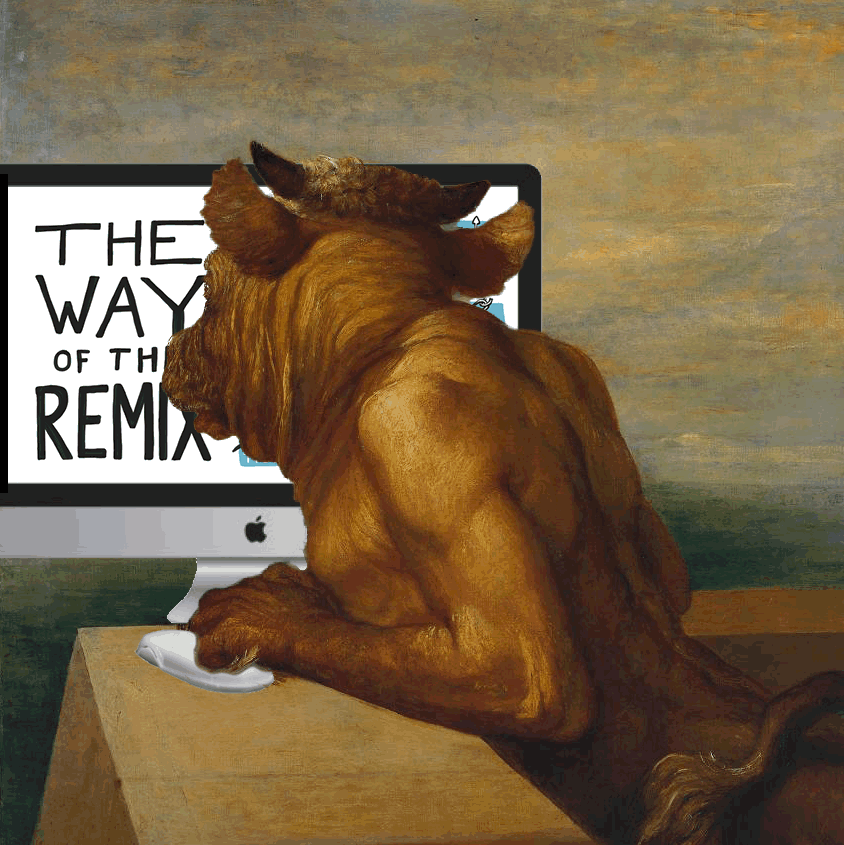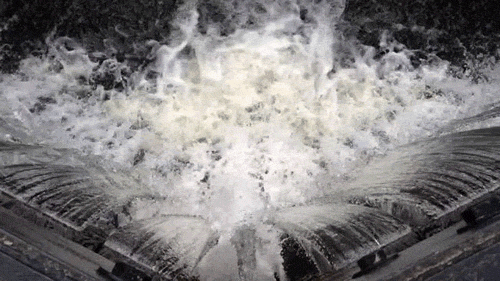Another year, another collection of photos
As usual made with few tweaks of this gist. The featured image made with a similar script. Got a tag for these things now: flickr year, need to find a few posts. I’ve been doing these since 2014 time flies!


Another year, another collection of photos
As usual made with few tweaks of this gist. The featured image made with a similar script. Got a tag for these things now: flickr year, need to find a few posts. I’ve been doing these since 2014 time flies!
FFmpeg is the Swiss Army knife of the video editing and processing world. You can practically do anything with it and in this category, we cover popular and useful uses of FFmpeg.
Looks like a useful set of posts about using ffmpeg. I gave this one: Stack Videos Horizontally, Vertically, in a Grid With FFmpeg a quick try.

Earlier in the week I saw micro.blogger Dan Cohen’s newsletter: Humane Ingenuity 36: 15% Faster which linked to DHQ: Digital Humanities Quarterly: Deformin’ in the Rain: How (and Why) to Break a Classic Film
Dan said:
Jason Mittell provides an extremely creative, occasionally bizarre, frequently hilarious, and ultimately rather helpful “inventory of deformative practices” to uncover hidden layers of meaning in media.
The article provides a pile of great gifs and distorted videos.
I’ve played around with this sort of thing before montages, gifsets and the like. Mostly DS106 inspired.
One idea I’d kept playing with is layering of images. My plan had been to layer a sequence into a movie, I’d never really got it going smoothly. I mostly just run a photo set through a script to get 1000s of images and choose a few interesting ones.
I usually use a few commandline tools for this, imagemagick & ffmpeg but there was a rather nice idea of using the StarStaX app an application for Star Trail Photography. I loaded it up with 90 odd jpgs images from a walk and merged them. I then stitched them together with ffmpeg and added some audio “Mysterious Ethereal Song” by theojt :
Not exactly a work of art but fun, I also learnt how to fade a video with ffmpeg which might be useful.
After seeing @adders on micro.blog posting some timelapse I though I might have another go. My first thought was to just use the feature built into phone. I then though to repurpose a raspberry pi. This lead to the discovery that two of my PIs were at school leaving only one at home with a camera. This we zero had dome sterling service taking over 1 million pictures of the sky and stitching them into 122918 gifs and posting them to tumblr. I decommissioned that when tumblr started mistaking these for unsuitable photos.
My first idea were just write a simple bash script that would take a pic and copy it to my mac. I’ve done that before, just need to timestamp the image names. Then I found RPi-Cam-Web-Interface. This is really cool. It turns your pi into a camera and a webserver where you can control the camera and download the photos.
I am fairly used to setting up a headless pi and getting on my WiFi now. So the next step was just to follow all the instructions from the RPi-Cam-Web-Interface page. The usual fairly incomprehensible stuff in the terminal ensued. All worked fine though.
I then downloaded the folder full of images onto my mac and stitched them together with ffmpeg.
ffmpeg is a really complex beast, I think this worked ok:
make a list of the files with
for f in *.jpg; do echo "file '$f'" >> mylist.txt; done
then stitch them together:
ffmpeg -r 10 -f concat -i mylist.txt -c:v libx264 -pix_fmt yuv420p out.mp4
I messed about quite a bit, resizing the images before starting made for a smaller move and finally I
ffmpeg -i out.mp -vf scale=720:-2 outscaled.mp4
To make an even smaller version.
I am now on the look out for more interesting weather or a good sunset.

points to his blog post The way of the remix.
Where he asks:
Do you remix?
If so, how do you remix? What is your remix trigger? Is it curiosity or simply joining the dots as you see them? Do you like to layer-up? Or strive to simplify? Is it a tickly thought? Or a random one from left field?
Well yes, I think I do, although my definition of remix might be widened to include mashup. but of course, Everything is a Remix.
How, is a long story. I guess I prefer DIY approaches. I use baby steps, image editors (Fireworks is my fav), JavaScript, php, commandline tools (ffmpeg, imagemagick, gifsicle) and anything else that seems interesting.
The why is harder, I am not a developer or an artist, I don’t make anything as polished as the remixes that scale on social media. I like to think it is because I nearly can. That is I am going to learn something in the process.
DS106 was a major trigger, the people involved, especially @cogdog, @jimgroom and @mvdfunes The daily creates from DS106 often led to remixing.
Wouldn’t it be cool is another trigger, or I wonder, or will it be funny, or impress someone(Usually only me). Or I learn about a new, to me technology and try it out.
Here are a selection remixes & mashups I am quite please with:
Featured image, a remix of a gif that I made as a remix of an image in the Tate. using The way of the remix by @bryanMMathers is licenced under CC-BY-ND.
Creation notes: 2018 flickrs by, the script. I think I prefer this faster version.
I liked the Pummelvision service so when it went I sort of
made my own. Which lead to this:
Flickr 2014 and DIY pummelvision and 2016 Flickring by.
I went a little early this year:
I’ve updated the script (gist) to handle a couple of new problems.
I have great fun with this every time I try it, I quite like the results but the tinkering with the script is the fun bit. I sure it could be made a lot more elegant but it works for me.

ffmpeg -i inputfile.mp4 -vf reverse reversed.mp4
#tdc2420 #ds106

A couple of years ago I made a video of all my flickr videos in the style of the now dead pummelvision service.
I dug out the script tidied it up a little, and made the above video with my 2016 photos.
I uploaded the script in the unlikely event that someone else would want to do something like this. It is not a thing of beauty, I am well out of my depth and just type and test. The script need ffmpeg on your computer (I’d guess mac only as it used sips to resize images) and a Flickr API key.
The script also leave you with up to 500 images in a folder. Before I deleted them I made a montage and averaged them using imageMagick
montage -mode concatenate -tile 25x *.jpg out.jpg which is the featured image on this post.
and
convert *.jpg -average aver.jpeg
I guess all that the average proves is that most of my photos are landscapes, given the hit of a sky…